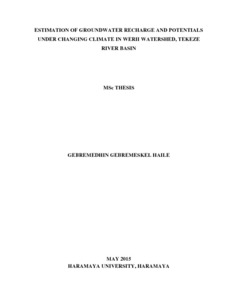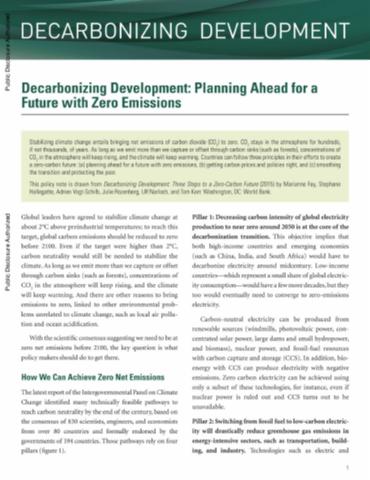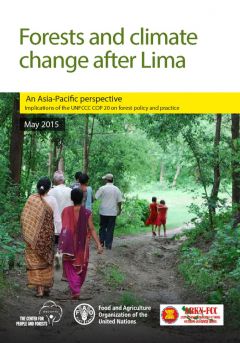A National Biodiversity Offset Scheme
Liberia had an estimated 4.3 million
hectares of forests in 2011, comprising approximately 50
percent of Liberia’s landmass. These forests support very
high levels of biodiversity, provide a wide range of
ecosystem services (for example, bush meat, medicines,
construction materials, and charcoal), and generate
employment and revenue from commercial and chainsaw logging.
Encouraging inward investment while striking a sound balance






